Losing a million dollars will teach a man a few things. Just ask Perry Farrell.
Farrell has maintained just the right combination of DIY attitude and an appetite for controlled chaos to continue effectuating his lifelong ambitions in music—but it hasn’t always been sunshine and roses for the legendary rocker.
Today the Jane’s Addiction frontman is planting the seeds of a promising global event series, “Heaven After Dark.” While the event itself has the makings of a hit, Farrell needed to apply decades of experience and intangibles to make it so.
Ahead of the upcoming “Heaven After Dark” takeover of Los Angeles’ Catch One in early December 2022, Farrell caught up with EDM.com for a candid interview wherein he shared his view on the state of dance music’s past and present, and the underlying drive powering his ambitious concert series.
Speaking with Farrell, it’s clear his latest creation—developed alongside his wife, Etty Lau Farrell—is arguably his most personal live event offering intersecting with electronic music culture. That in itself is a statement which carries considerable weight given it’s coming from the progenitor of Perry’s Stage at Chicago’s Lollapalooza, one of the most iconic live platforms for electronic dance music artists on the worldwide festival circuit.
Farrell is certainly proud of Lollapalooza’s increasingly global reach. He proudly points out that the beloved brand, which has launched satellite events throughout South America and Europe, is currently executing on its bold ambitions to expand to India in 2023.
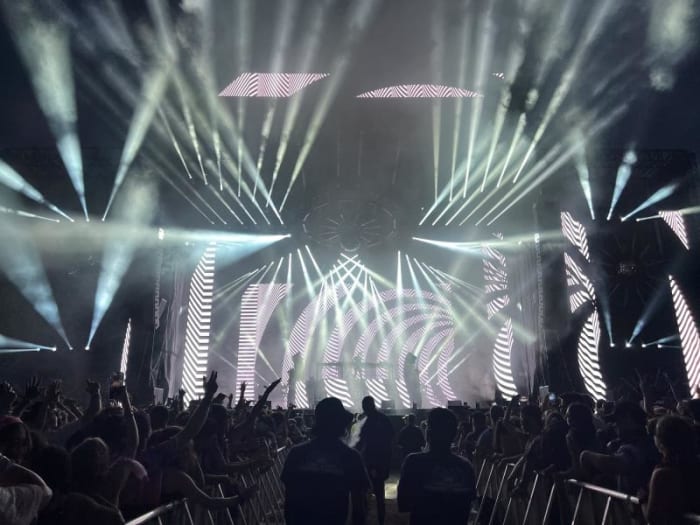
Perry’s Stage at Chicago’s Lollapalooza has become one of the biggest performance platforms in dance music.
CLLD
But despite the continued success of Lollapalooza overall, there’s a lingering desire in Farrell’s mind to return to an era of simplicity and authenticity. Prior to Lollapalooza’s widespread commercial success, it operated as a sort of ragtag touring carnival showcasing a diverse fusion of artistic mediums.
“Heaven After Dark” represents an opportunity for Farrell to once again return to those humble roots—and electronic music plays a critical role in his goal to achieve those long-held creative aspirations.
In a way, the event’s most recent catalyst arrived with the release of Farrell’s 2019 LP, Kind Heaven, his first solo album in 18 years. Naturally, given the passage of time, it was overflowing with a hybrid of digital and analog ideas.
From a performance aspect, the assembly of the resulting Kind Heaven Orchestra saw Farrell bringing together dancers, a harmonious vocal choir, rock guitarists, analog synth players and an orchestral string section to perform cuts from the album. The endeavor could best be described as a head nod to the Vaudeville era of performance art.
Reflecting on the early beginnings of “Heaven After Dark,” Farrell describes falling into the concept “ass-backwards.”
“We started this new project, Kind Heaven Orchestra, and we wanted to put together nights that were in clubs that were out of the way, or underground,” Farrell recalls. “We installed the Kind Heaven Orchestra into it. Why I say it’s ass-backwards is because we built the performance first, and then backed our butts into this shell… a nautilus… where we backed in the music into the underground downtown Los Angeles art scene.”
Farrell characterizes “Heaven After Dark” as a hybrid showcase with the ability to modulate between both live- and electronic-based performances to varying degrees. Between his work with his experimental creative projects, Kind Heaven Orchestra and Satellite Party, Farrell’s sound already incorporates elements of electronic music, like analog synths and drum machines. But his discography’s intersection with the dance music world has become increasingly tangible as champions of the underground, such as Maceo Plex, Tim Green and Sasha, have jumped at the opportunity to contribute remixes.
Farrell has listened to dance music with a lifelong fascination with the process. As a result, much of his appreciation for the production side of the art appears to come from a focus on the technicals. Maceo Plex, who is set to perform at the upcoming “Heaven After Dark” event in Southern California, received praise from Farrell for his remix of Kind Heaven’s “Let’s All Pray For This World.”
“It was so modern and so original, specifically on his vocal slicing technique,” Farrell said of Plex’s rendition.
Farrell’s determination to wave the flag of the underground scene may seem curious on its face, but he has maintained an appreciation for dance music and its earliest purveyors for decades. He’s also been eager to share that appreciation with the world by spotlighting the genre’s timeless talents and newcomers alike, a key part of his mission with “Heaven After Dark.”
Scroll to Continue
Recommended Articles
But despite these immutable intentions to champion underground music stateside, Farrell learned early on the importance of trying to time the market. He recounts one of his earliest event offerings, Enit Festival, an electronic music event in 1996—years prior to the EDM boom of the 2010s—that was described in its advertising as “an inter-planetary festival celebrating cosmic peace and sexuality.”
In the early 90s Farrell spent time in Europe going deep down the rabbit hole of warehouse culture, discovering Sasha, John Digweed and The Orb, among other prominent DJs. This inspired the events behind Enit, which included a combination of music from dusk to dawn, a communal tree planting ceremony and beaming sounds into outer space with the hope of transmitting information to passing UFOs.
Sadly, it wasn’t the roaring success he’d anticipated.
“The test of a man is not always winning. The test of a man is being beaten down and how he would get up,” Farrell explained. “Not everything I’ve ever done has been a success, and so I’ve had to get up off the canvas a few times in my life. I threw [Enit] against everybody’s wishes. They told me I’d be losing a million dollars that I didn’t have to lose, but I didn’t think I would. I thought it would just be a sensation, but it wasn’t. It was too early.”
Farrell learned the importance of gradualism, explaining that going too big too early was the Achilles’ heel of an otherwise good idea. Still, he remained undeterred in his mission to champion dance music in the U.S. and Lollapalooza would become one of his primary vehicles to do it.
Over the years, Perry’s Stage would rise from an afterthought to a preeminent driver of Lollapalooza’s demand in its own right. But despite the come-up from a small tented framework relegated to the corner of the festival to a mainstage formation matching the caliber and scale of the biggest modern-day festival productions, Perry wasn’t claiming victory just yet.
In fact, by 2016 Farrell was sharing caustic criticism for what he was seeing within the culture of EDM. He ultimately found himself drawing a line in the sand between his passion for house music and what he saw as the most corporatized version of dance music, which was rapidly becoming a staple of the Lollapalooza experience.
“I hate EDM. I want to vomit it out of my nostrils,” Farrell told the Chicago Tribune at the time. “I can’t stand what it did to what I love, which is house music.”
Reflecting on those comments today, Farrell is still clear-eyed in drawing separation between the art form he fell in love with and the most cynical versions of it.
“It just kind of came out of my mouth. I shouldn’t have probably said it, but once I said it, I mean, I stand by it because I’m only going to try to speak from a place of truth,” Farrell says of his 2016 comments about EDM. “What I didn’t like about it when I saw it was that it just became too easy, it was too predictable—the drops and then, ‘Put your hands up in the air.’ I can take that for about 20 minutes, and then I feel like, ‘What am I doing here?’ It’s like eating a potato chip. Where’s the journey? You haven’t fooled me once.”
It’s important to note that Farrell’s perspective comes from a place of tough love. He realizes the full potential of the genre because he’s witnessed some of the best experiences the art form has to offer firsthand. Farrell looks back fondly on the days when master turntablists kept audiences wholly on edge, taking them on a sonic journey of ebbs and flows while encouraging an embrace of the unexpected.
“You’d be listening, wondering what song was going to be next. It was this whole thing—you were immersed in this whole world. It was almost like he was a genie back there,” Farrell explains. “When [the song] would lock in, the whole crowd knew it, and it was the craziest experience. Once the new song locked in and the other was going away, it was like you were on a magic carpet. Then there was danger and the carpet rose and it fell, and rose and fell, but then you’re gliding—you’re gliding into to the next thing.”
Back before there was the potential for stardom in the path of pre-recorded sets and cookie-cutter tracks, the performance aspect of being a DJ was about taking the audience on a meditative journey.
“It wasn’t all about the money,” Farrell says. “The people that were smart enough or deep enough to know about it got in on something where they could surely feel like they were a part of the underground scene, and that feels good. It’s not the status quo.”
“Heaven After Dark” is the closest thing Farrell has to a reset button. It represents the chance to once again celebrate art for the sake of art without the corrupting influence of capital, and to appreciate the genre’s unifying qualities and ability to forge lasting communities. Though it may have been bouncing around in Farrell’s head for years, the series is in its earliest innings, and the artist and his team have increasingly ambitious plans for its future, which will unfold when the time is right.
“Eventually we will lead it into a boutique festival of some description, a warehouse kind of festival where the culture of the underground and great music come together,” Perry’s manager, Ian Jenkinson, tells us. “That is Perry’s vision and it’s the vision we’ve always had: supporting people who make incredible music and incredible art, difficult art that’s non-commercial but comes from the heart.”
Tickets to “Heaven After Dark” on December 9th featuring Perry and Etty Lau Farrell, Maceo Plex, Christian Löffler and more are on sale now.
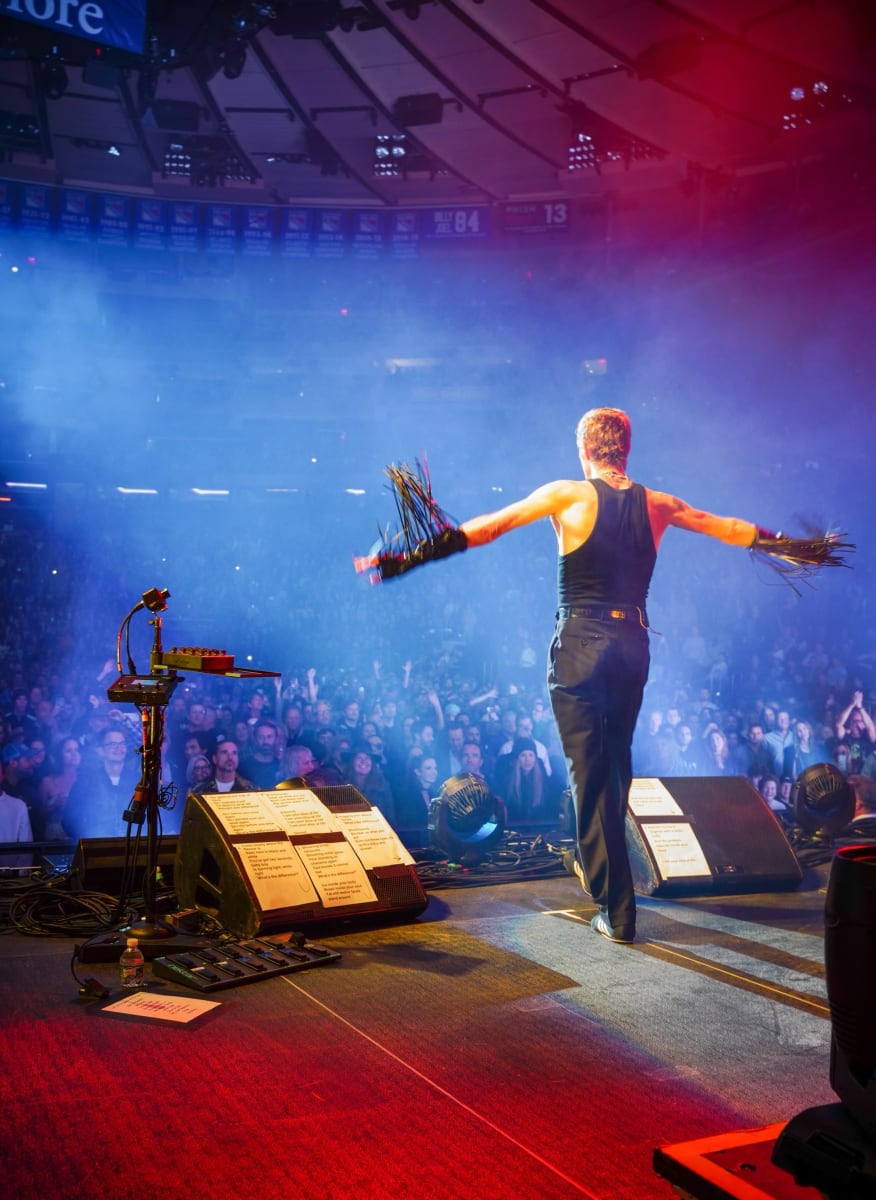 [flexi-common-toolbar] [flexi-form class=”flexi_form_style” title=”Submit to Flexi” name=”my_form” ajax=”true”][flexi-form-tag type=”post_title” class=”fl-input” title=”Title” value=”” required=”true”][flexi-form-tag type=”category” title=”Select category”][flexi-form-tag type=”tag” title=”Insert tag”][flexi-form-tag type=”article” class=”fl-textarea” title=”Description” ][flexi-form-tag type=”file” title=”Select file” required=”true”][flexi-form-tag type=”submit” name=”submit” value=”Submit Now”] [/flexi-form]
[flexi-common-toolbar] [flexi-form class=”flexi_form_style” title=”Submit to Flexi” name=”my_form” ajax=”true”][flexi-form-tag type=”post_title” class=”fl-input” title=”Title” value=”” required=”true”][flexi-form-tag type=”category” title=”Select category”][flexi-form-tag type=”tag” title=”Insert tag”][flexi-form-tag type=”article” class=”fl-textarea” title=”Description” ][flexi-form-tag type=”file” title=”Select file” required=”true”][flexi-form-tag type=”submit” name=”submit” value=”Submit Now”] [/flexi-form]
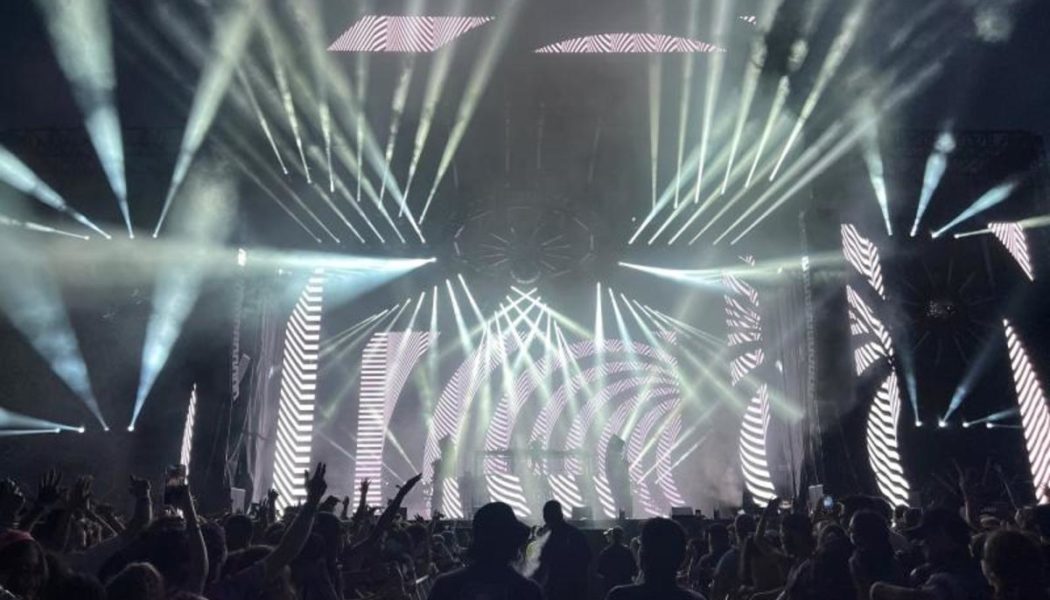
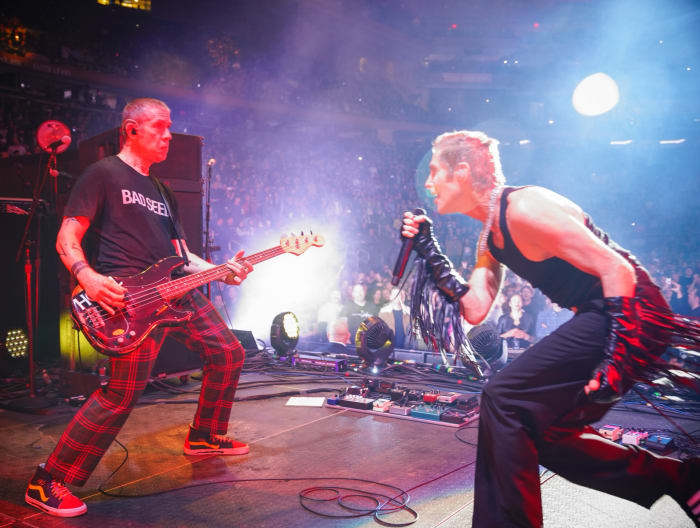

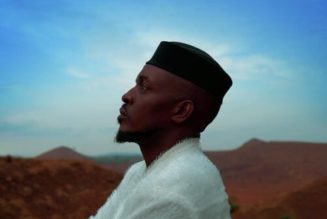

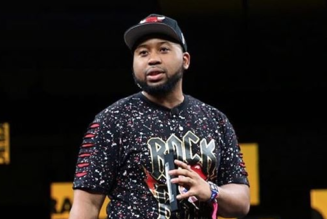

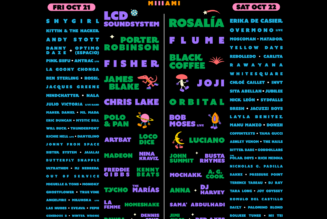
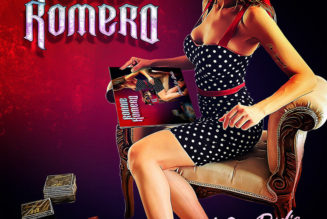
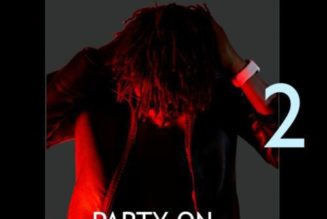
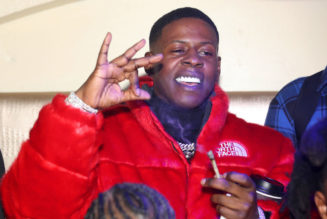
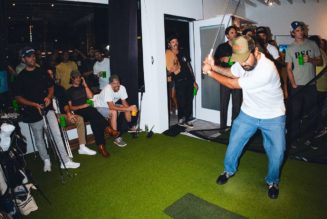
Tagged: entertainment blog, FEATURES, Heaven After Dark, interview, INTERVIEWS, Lollapalooza, Maceo Plex, music blog, perry farrell, Tim Green